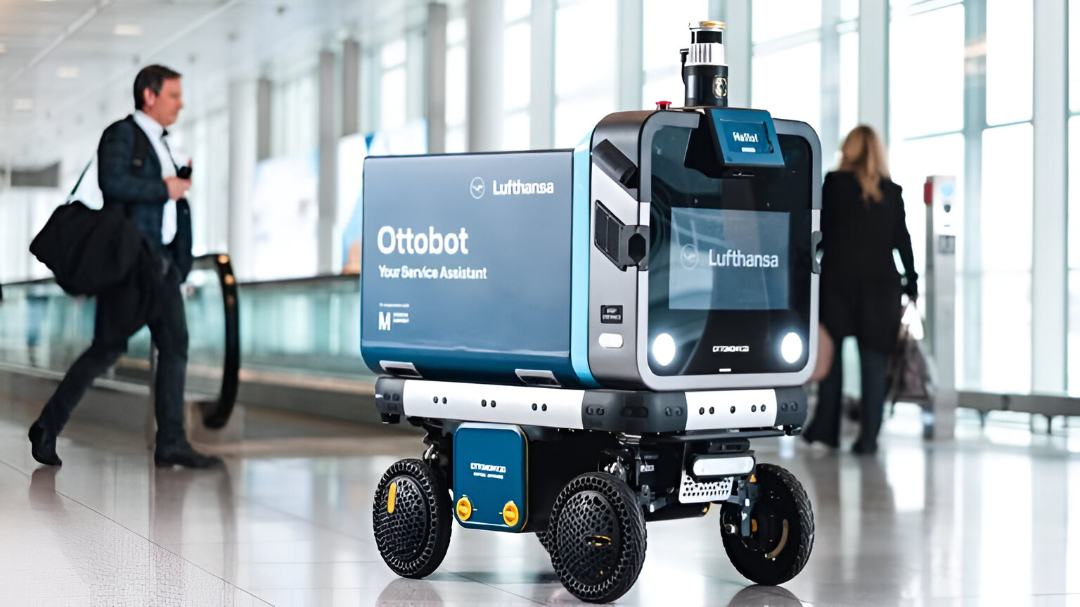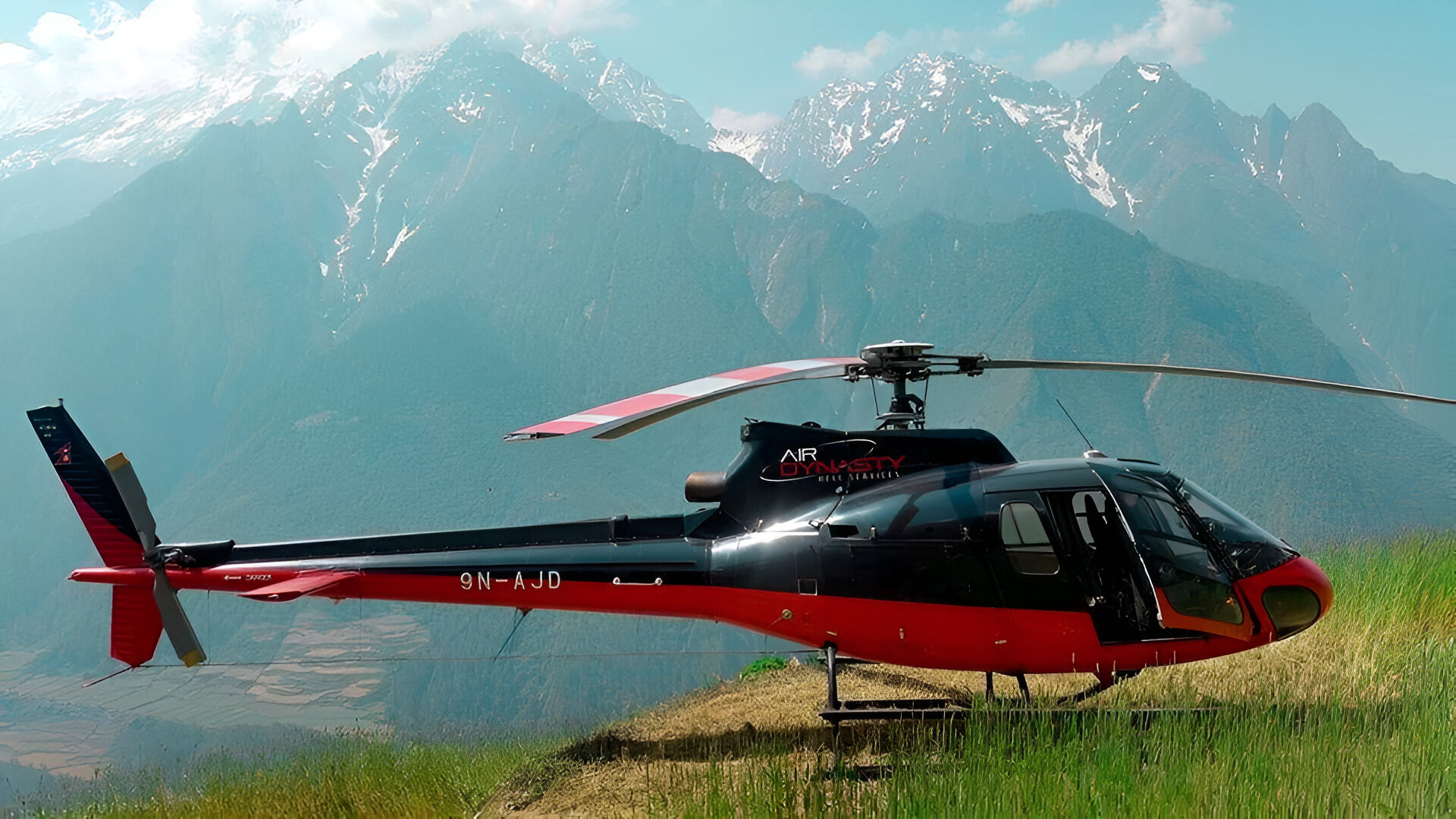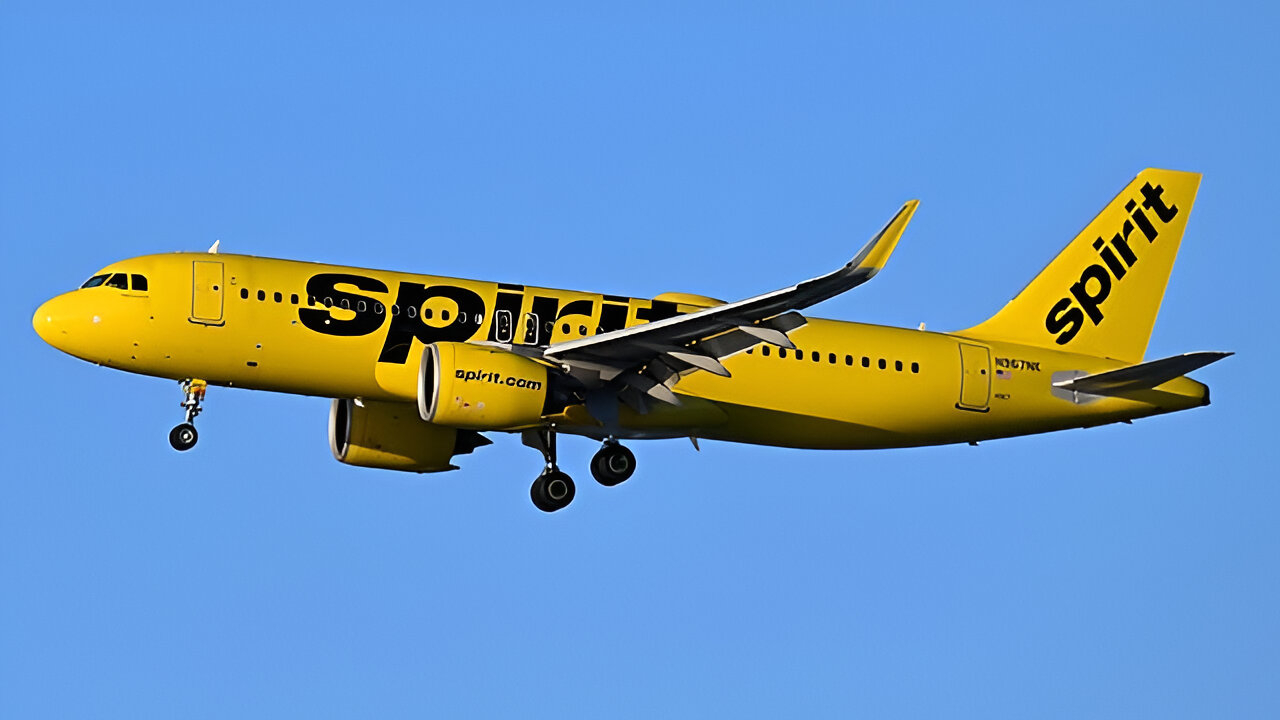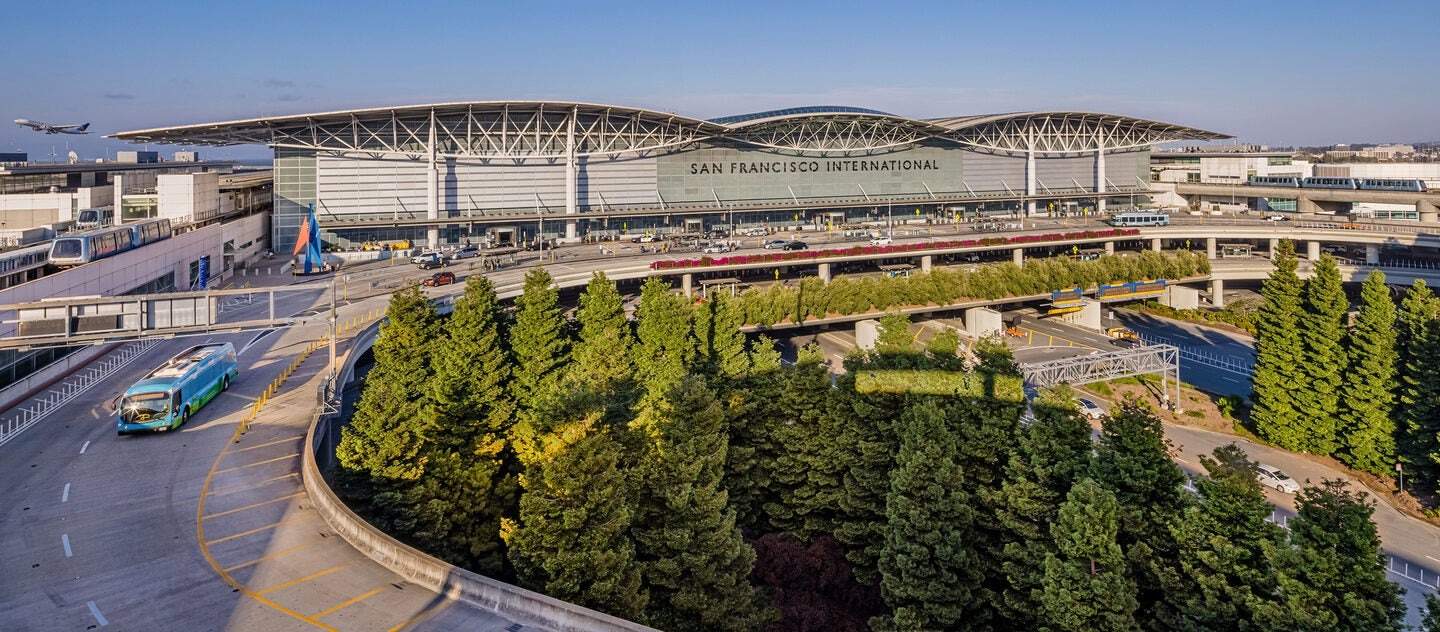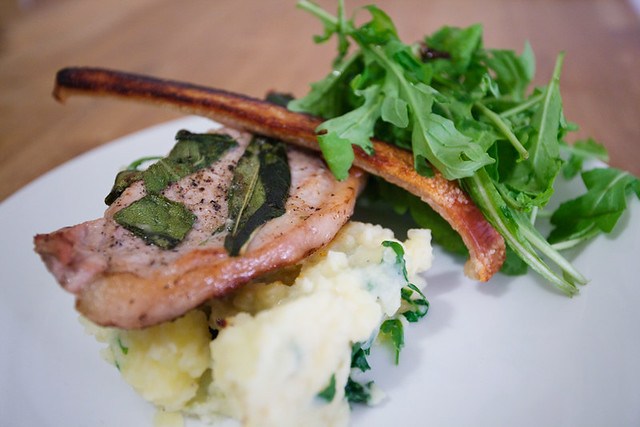Munich Airport’s Terminal 2 has new residents patrolling its polished floors—waist-high robots that promise to transform the travel experience. The autonomous machines, developed by robotics startup Ottonomy, represent the visible face of a partnership announced last week between Lufthansa Innovation Hub and Munich Airport. This partnership, aimed at elevating passenger services, is a step towards creating smoother and more efficient airport environments, much like Dining in the Hush, which is reshaping how passengers interact with quieter, more refined airport settings.
The Technology Behind the Terminals
The robots—resembling sleek, rolling cabinets with touchscreens—are designed to assist passengers with information, promote Lufthansa services, and provide access to rebooking and refund requests through the airline’s digital assistant, according to Lufthansa Innovation Hub’s press materials. Future plans include using the robots’ integrated containers for transporting goods throughout the terminal.
What stands out in the announcement is what remains unsaid. According to the International Air Transport Association (IATA), passenger assistance needs have surged significantly since 2019, while the aviation industry continues to struggle with staffing shortages. Linda Ristagno, IATA’s Assistant Director for External Affairs, noted in October 2023: “As demand for special assistance grows, we will need to find more tailored ways to meet the needs of travelers with special needs.”
Innovation or Stop-Gap Solution?
The timing of the robotic deployment raises questions about whether these machines represent genuine innovation or technological solutions to deeper structural problems. Aviation industry analysts have noted that airlines and airports, still recovering from pandemic-related disruptions, increasingly turn to technology to address operational challenges.
While Lufthansa and Munich Airport highlight the partnership’s innovation potential, independent experts suggest a more cautious outlook. Previous airport robotics initiatives have shown mixed results, with implementation challenges often stemming from integration difficulties with existing systems rather than limitations in the technology itself.
Industry-Wide Trend
The partnership mirrors similar arrangements emerging across the industry—established giants partnering with tech startups in highly publicized innovation programs. Lufthansa’s “Startup Gate” program, which facilitated this collaboration, connects corporate teams with startups to pilot new technologies and services.
A week of observation at Terminal 2 revealed the current reality of the robot deployment. Passenger interactions with the machines varied widely, with some successfully retrieving basic information while others appeared confused by the interface. Multiple travelers were observed initially approaching the robots but ultimately seeking human assistance for more complex inquiries.
The Passenger Experience
For travelers navigating Europe’s aviation system, which has experienced significant disruptions in recent years, the robots represent an interesting experiment. Whether they will meaningfully improve the passenger experience or simply serve as high-tech showcases remains an open question that merits continued observation.
Aviation technology specialists point to a critical challenge: creating systems that not only function technically but solve real passenger problems in high-stress airport environments. The true test will come during peak travel periods when passenger assistance needs are highest and human staff are most stretched.
The Bigger Picture
Behind the robotic interfaces lies a deeper aviation industry challenge—finding sustainable solutions to meet increased passenger expectations with constrained resources. As the Lufthansa-Munich Airport partnership unfolds, the question remains whether technological innovation alone can address the fundamental challenges facing post-pandemic air travel.


